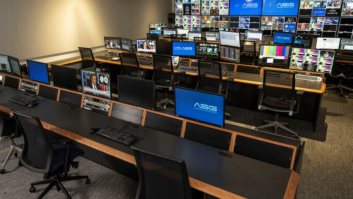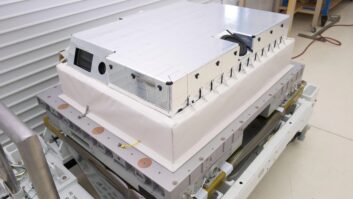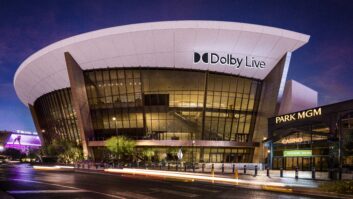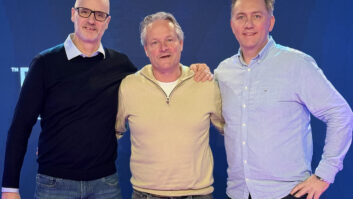From her vantage point in the US, Margot Douaihy reviews the CI market both in the US and Europe over the previous ten years, and looks at some of the factors driving the market in this decade. Retrofits, diversification and creativity will define AV integration success over the coming years, she says.
The millennial decade proved to be the digital decade. In addition to music, most audiovisual content went ‘formless’. Contemporary consumers share content, download movies and music from iTunes, subscribe to NetFlix Instant and Napster, request interactive TVs with streaming web, and use services like Last.FM.
The digital gold rush of 2000-09 changed the game for record labels (according to the New York Times in January 2010, CD sales have dropped by half since 2000), but it has given consumers more options than ever, and, for many years, it translated into bids for residential AV installers.
CIs businesses blossomed in the ‘noughties’ across North America, Europe and Australia. Savvy installers linked up with enthusiastic homeowners to deliver custom theatres and get the most out of HD content. Some installers were fortunate enough to partner with developers to offer standardised solutions packages for multiple homes. Then came the freeze.
The US and European markets were affected by the downturn in similar and dissimilar ways, with both experiencing slow home starts and a need to refocus. The European market seems to have emerged from the quagmire a little quicker than the US.
As the American Recovery Act trickles into local economies, more and more surveys reflect steady improvements – or, at least, stabilisation. Consensus indicators suggest that 2010 housing starts will be 30-35% higher than 2009 – although the predicted total is well below 2008.
The National Association of Realtors (NAR) survey of existing home sales showed that year-to-date totals are finally higher than a year ago in all regions of the United States. The $8,000 first-time homebuyer tax credit was extended until April 2010. It’s an attractive incentive for new homebuyers in the US and it has helped to move the excess inventory.
A winter study by the international research firm Parks Associates and CEDIA, Channel and Consumer Monitor, shows that the majority of US home systems integrators, who have had average revenues fall almost 17% since 2007, are compensating for declines in new-home construction and consumer spending by diving into the green and retrofit markets.
Jeremy Burkhardt, president of the California-based custom audio manufacturer SpeakerCraft, proves just how closely linked the residential install business was to new home construction. He says that, at its peak, SpeakerCraft’s business was 70% new construction. Now he is encouraging his dealers to educate consumers and explore retrofits and upgrades.
While awareness of green technologies and solutions is growing, installers still must convince homebuyers and clients that their investment will provide a significant return. Fortunately, there are myriad ways to guarantee payback. These include more energy-efficient technology, low-voltage lighting, automation systems with motion sensors and real-time utility feeds that offer more dynamic information, helping to demonstrate value to clients.
A longer version of this feature will appear in The ISE Daily on Wednesday 3 February.







